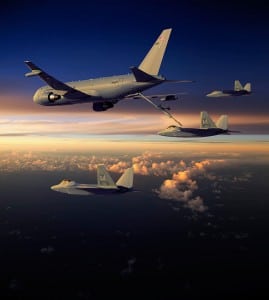
As many as 50 Air Force programs would be delayed in fiscal year 2016 should Congress decide to pass a continuing resolution (CR) instead of a budget this year, Air Force Secretary Deborah Lee James said Monday.Under a CR, programs are funded at the same level they were during the previous fiscal year, meaning that a new start program where funding was scheduled to start in fiscal 2016 would not have the resources necessary to begin development.“We estimate a rough…













